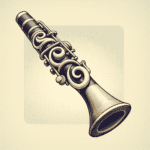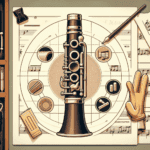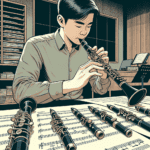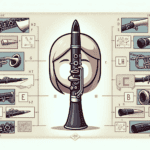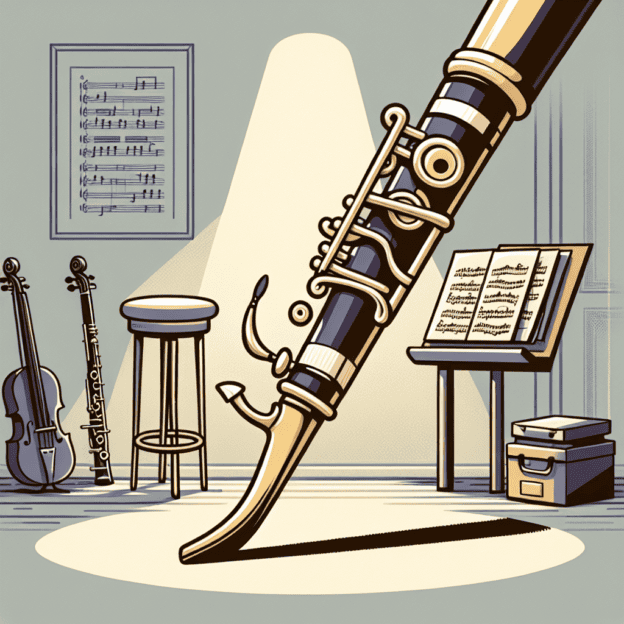The mouthpiece plays a key role in shaping the clarinet's tone, intonation, and overall playability. One of its most important features is the facing curve. This article explores what the mouthpiece facing curve is, how it impacts your sound, and how to select the right one for your needs.
Understanding Mouthpiece Facing Curves
The facing curve is the angle and length of the mouthpiece tip that comes into contact with the reed. This design element controls how the reed vibrates and air flows through the mouthpiece, significantly affecting tone quality and ease of playing.
Types of Facing Curves
- Long Facing Curve: Gradually flattens, offering better control in the lower register but may need more air support. Players looking for a rich sound often prefer this type.
- Short Facing Curve: Runs more perpendicular to the reed, making high notes and quick passages easier. This suits players who value agility and fast fingerwork.
- Medium Facing Curve: Offers the most versatility, balancing playability across all registers with good breath support and control.
| Facing Curve Type | Advantages | Disadvantages |
|---|---|---|
| Long | Better lower register control, rich sound | Requires more air support |
| Short | Easier high notes, good for rapid passages | May lack fullness in lower register |
| Medium | Versatile, balanced across all registers | May not excel in specific areas |
Effects of Facing Curve on Sound Production
The facing curve you choose directly impacts how your clarinet sounds.
- Pitch Stability: A longer facing provides better pitch stability, especially in the low register. A shorter facing allows for easier response in the higher register.
- Tone Quality: The facing curve shapes your sound's tonal character. Longer curves often produce a warmer, fuller sound, while shorter ones can create a brighter, more focused tone.
- Projection: The curvature affects how loudly your clarinet projects. Some mouthpieces will project more strongly, while others offer a softer sound.
Choosing the Right Facing Curve
When picking a clarinet mouthpiece, it's important to think about the facing curve. Here are some things to keep in mind:
- Playing Style: Consider whether you're playing in a large group or performing solo. Different settings might need different tonal qualities and projection abilities.
- Skill Level: Beginners might find a medium facing curve more suitable, as it offers a balanced sound without needing too much air support. More experienced players might prefer shorter or longer facings based on their specific needs.
- Personal Preference: The best way to choose a facing is to try out different options. Experiment with various mouthpieces to find what feels and sounds best to you.
Testing Different Mouthpieces
Trying out mouthpieces is a key part of finding the right facing curve. Here are some tips:
- Play scales and long notes to check the tonal quality.
- Try the mouthpiece in different registers to see how stable and easy it is to play.
- Test with different reeds to see how the mouthpiece works with them.
Maintenance Tips
Keeping your mouthpiece clean and well-maintained helps it perform at its best. Clean your mouthpiece regularly with the right tools, making sure the facing stays free of debris. A mouthpiece brush can be very helpful for cleaning.
Cleaning and Care
- Clean the mouthpiece now and then with warm water and mild dish soap.
- Check the tip and sides of the mouthpiece for any signs of wear or damage.
To sum up, understanding mouthpiece facing curves is important for every clarinet player. Try out different options to find what suits your style and preferences best. Your choice can make a big difference in your performance, whether you're playing in a band or working on a solo piece.

